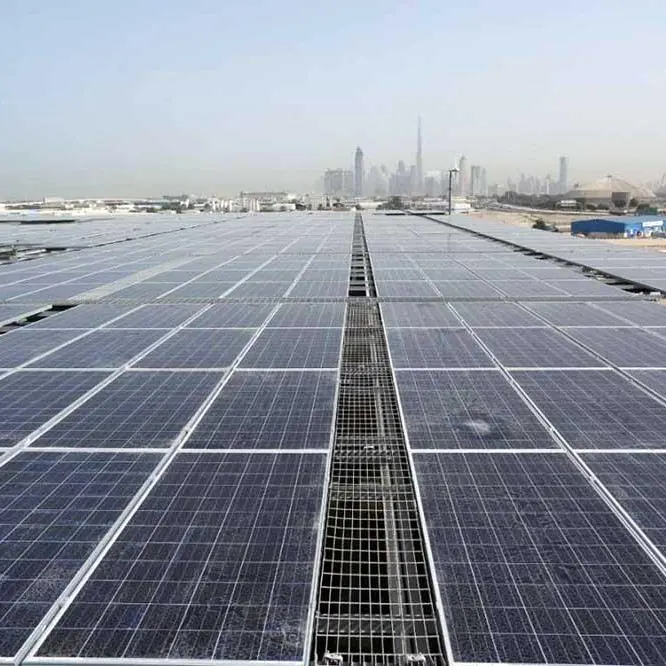When you think of a strategic industry, what comes to mind? Steel production - with its vast mines and belching furnaces - isn’t likely to be top of the list. Yet governments all over the world heavily subsidise steel. It delivers jobs in areas where unemployment would otherwise be a serious headache, bolstering economic productivity in the process, and is prized by governments as disparate as China, India and the U.K.
These subsidies have resulted in jobs, propped up economic data and won political capital, but they’re also at fault for one of the biggest issues plaguing the steel industry to date. Not Trump’s tariffs – although these are, in part, a response to the issue – but a supply glut that even OPEC would sympathise with.
When China ramped up steel production following the financial crisis, high-cost producers should have been unable to complete. The cheap Chinese steel flooding the global markets ought to have dimmed blast furnaces in the UK, Italy, and the U.S, but their governments, afraid of job losses, kept them burning. The result was an industry that struggled to strike a balance between supply and demand, culminating in 2015’s steel price collapse as producers drove prices low in an attempt to win orders.
In 2016, Beijing instigated production cuts as part of an environmental crackdown. China produces half of the world’s steel and the reduction in exports (Chinese steel exports are believed to have fallen 30.5% last year) had a noticeable impact on the surplus - steel rebar prices have risen around 38% since 2017. Of course, some offline producers couldn’t resist the bulls, and we’ve seen closed furnaces come back online as market conditions improve.
With global output ramping up (crude production was up 0.8% YoY in January), oversupply concerns have been reignited and President Trump’s tariffs have only added fuel to the fire. The White House is thought to be targeting a reduction of 13 million tons in U.S imports. The European market is already in the grip of an import crisis. Rolled steel imports in the EU increased to 32 million tons (roughly 1%) in 2017; an additional 13 million tons of diverted trade flows would likely bury them.
India is also struggling under the weight of overproduction woes -- a first for the net exporter. As the world’s fastest growing major economy, Indian ports are a logical target for steel shipments that would otherwise have been bound for Washington. The Government’s recently introduced protective measures are contingent on its net exporter status, and likely won’t be feasible should supply outstrip demand on the domestic market.
But the supply concerns don’t stop there. South East Asia is the obvious market for South Korean and Chinese steel exporters seeking new frontiers as the U.S closes its door to them. As developing countries, Vietnam and the Philippines are also likely to look increasingly attractive to Japanese, Turkish and Russian exporters.
In short, oversupply concerns are a dominant theme in both domestic and global steel markets. It’s a tale that bears more than a few similarities to OPEC’s ongoing market-balancing saga, and one that highlights how unique the oil cartel’s position is. In an industry such as steel, which is dominated by multiple players and protected from traditional economic pressures by widespread government subsidies, the options for addressing a supply glut are limited. There’s no regulatory body to set and enforce production cuts for the good of all members - just multiple, independent countries competing for the best price. For those looking to protect domestic steel prices, tariffs really are the only option left.
Disclaimer: This written/visual material is comprised of personal opinions and ideas. The content should not be construed as containing any type of investment advice and/or a solicitation for any transactions. It does not imply an obligation to purchase investment services, nor does it guarantee or predict future performance. FXTM, its affiliates, agents, directors, officers or employees do not guarantee the accuracy, validity, timeliness or completeness of any information or data made available and assume no liability for any loss arising from any investment based on the same.
Risk Warning: There is a high level of risk involved with trading leveraged products such as forex and CFDs. You should not risk more than you can afford to lose, it is possible that you may lose more than your initial investment. You should not trade unless you fully understand the true extent of your exposure to the risk of loss. When trading, you must always take into consideration your level of experience. If the risks involved seem unclear to you, please seek independent financial advice.
The FXTM brand provides international brokerage services and gives access to the global currency markets, offering trading in forex, precious metals, Share CFDs, ETF CFDs, and CFDs on Commodity Futures. Trading is available via the MT4 and MT5 platforms with spreads starting from just 1.3 on Standard trading accounts and from 0.1 on ECN trading accounts. Bespoke trading support and services are provided based on each client’s needs and ambitions - from novices, to experienced traders and institutional investors. ForexTime Limited is regulated by the Cyprus Securities and Exchange Commission (CySEC), with licence number 185/12 and licensed by the SA FSB with FSP number 46614. Forextime UK Limited is licensed with the UK FCA, number 777911. FT Global Limited is regulated by the International Financial Services Commission (IFSC) with license numbers IFSC/60/345/TS and IFSC/60/345/APM.
Any opinions expressed here are the author’s own
Disclaimer: This article is provided for informational purposes only. The content does not provide tax, legal or investment advice or opinion regarding the suitability, value or profitability of any particular security, portfolio or investment strategy. Read our full disclaimer policy here.
© Opinion 2018












